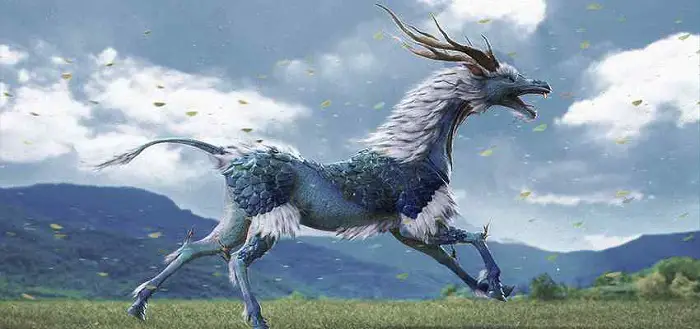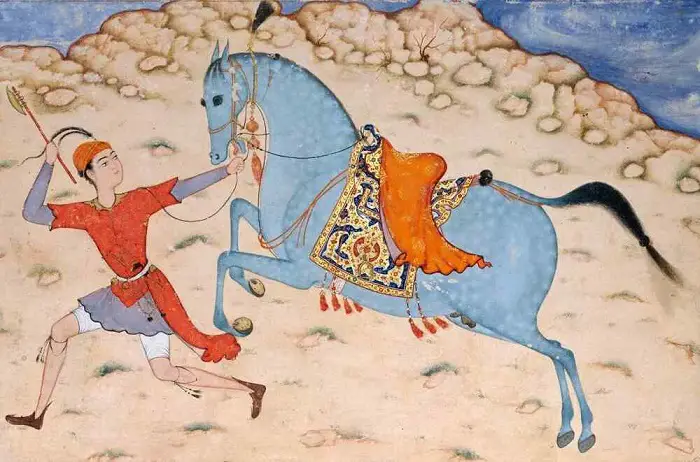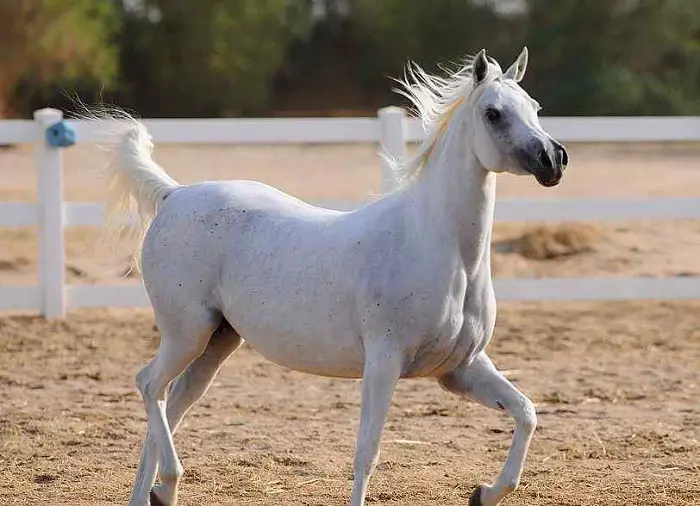Horses have been essential to many cultures and civilizations and featured prominently in myths and legends. In Greek mythology, the horse was a symbol of honor, strength, and swiftness, and several gods and heroes were associated with horses, including Zeus, Poseidon, and Bellerophon.
In Hindu mythology, the horse is associated with the Sun God, Surya, and is considered a symbol of power, speed, and courage. In Nordic mythology, the horse was revered as a symbol of fertility, strength, and power and was often depicted in connection with the GOD Odin.
In Native American mythology, horses were seen as gifts from the Great Spirit and played a significant role in the lives of many tribes, serving as a means of transportation and food source. These are just a few examples of how horses have been incorporated into various cultures’ mythology.
HORSE MYTHOLOGY AND THE HORSE
Ancient humans held the horse in awe and placed it among the gods and their legends. Cultures of the ancient world evolved various mythologies and bodies of the leg. End and belief that reflected their values, ideals, and visions of the past. Some examples of the horse’s place in these stories include:
- Poseidon created the horse.
- Pegasus, the wild-winged horse tamed with a golden bridle by Bellerophon
- Centaur—the magnificent creature with a half-body horse and half-man.
- Epona, an ancient Gaul goddess of horses, lovingly protected horses and stables and kept watch over grooms and carters •
- Horses in ancient warfare in Homer’s The Iliad.
- Trojan Horse—the wooden horse that got the Greeks inside the walls of Troy.
- Unicorn—an animal with the legs of a buck, a lion’s tail, a horse’s head and body, and a single horn in the middle of its forehead.
- Horse-drawn Chariot of the Sun used by the ancient gods of India • Four Horsemen of the Apocalypse in the Bible.
History and Origin of Horse
The origin and evolution of the horse are the subjects of scientific study and ongoing research. Horses belong to the family Equidae, and the earliest horse-like species, called Eohippus, appeared in North America around 55 million years ago. Over time, horses evolved and spread globally, eventually becoming the domesticated animals we know today.
The exact time and place of domestication of the horse are still debated. Still, it is believed to have occurred between 4,000 and 5,000 years ago, in either the steppes of Central Asia or the grasslands of the Eurasian steppe. Horses were initially used for transportation and later for agricultural work, warfare, and sport.
Historically, horses have played a significant role in human societies, from the ancient civilizations of Greece, Rome, and China to the modern-day Western world. Horses were used for transportation, recreation, and as symbols of power and status. With the advent of the industrial revolution and the invention of the internal combustion engine, horses gradually became less important for transportation and more associated with sports and recreation.
Classification of Horses
The horses are classified into several categories based on their breed, size, and use. Some of the main categories of horses include
- Light Horses: This category includes breeds such as Thoroughbreds, Arabians, and American Quarter Horses, which are used for racing, showing, and other sporting events.
- Heavy Horses: This category includes breeds such as Clydesdales, Shires, and Percherons, which are larger and more robust than light horses and are used for agricultural work, carriage driving, and other heavy labor.
- Ponies: This category includes breeds such as Shetland Ponies and Welsh Ponies, smaller than horses and often used for children riding and showing in particular disciplines.
- Wild Horses: This category includes horses that are not domesticated, such as the mustangs of North America and the Przewalski’s horses of Mongolia.
- Warmbloods: This category includes breeds such as Dutch Warmbloods and German Warmbloods, which are used for dressage, jumping, and other equestrian sports.
These categories are not absolute, and some horses may overlap or fit into more than one category based on their specific characteristics and uses. Horses have been essential to many cultures and civilizations and featured prominently in myths and legends.
Final Talk on Horse Mythology
Horses have been part of human civilization since the inception of the world. Initially, people used horses for agricultural work, transport, food, and recreation. Later, horses were extensively used in wars. The present horses day are mainly used in sports, parades, police, and recreation purposes. Horses have great value in mythology, and people love to think of horses as a symbol of strength, power, and ambitions.


